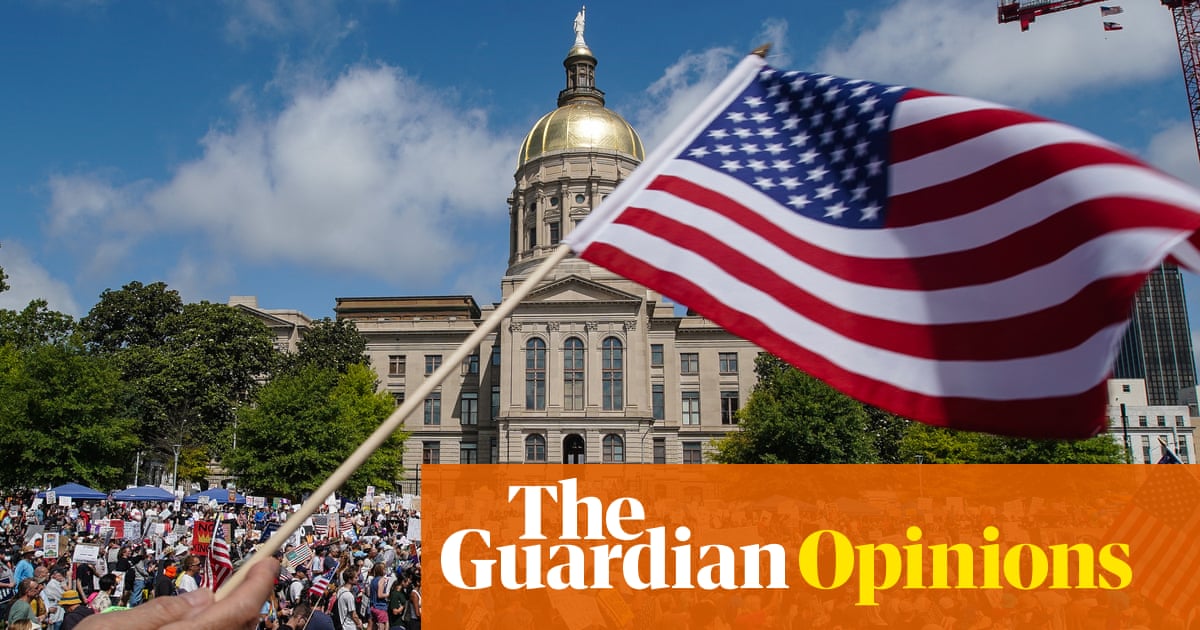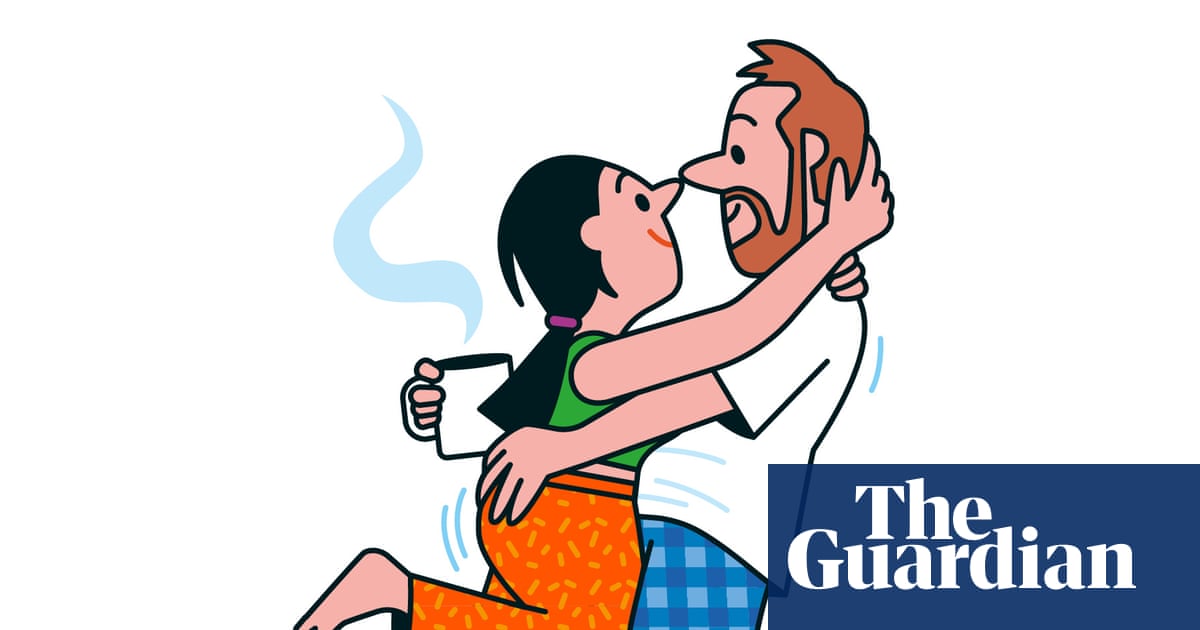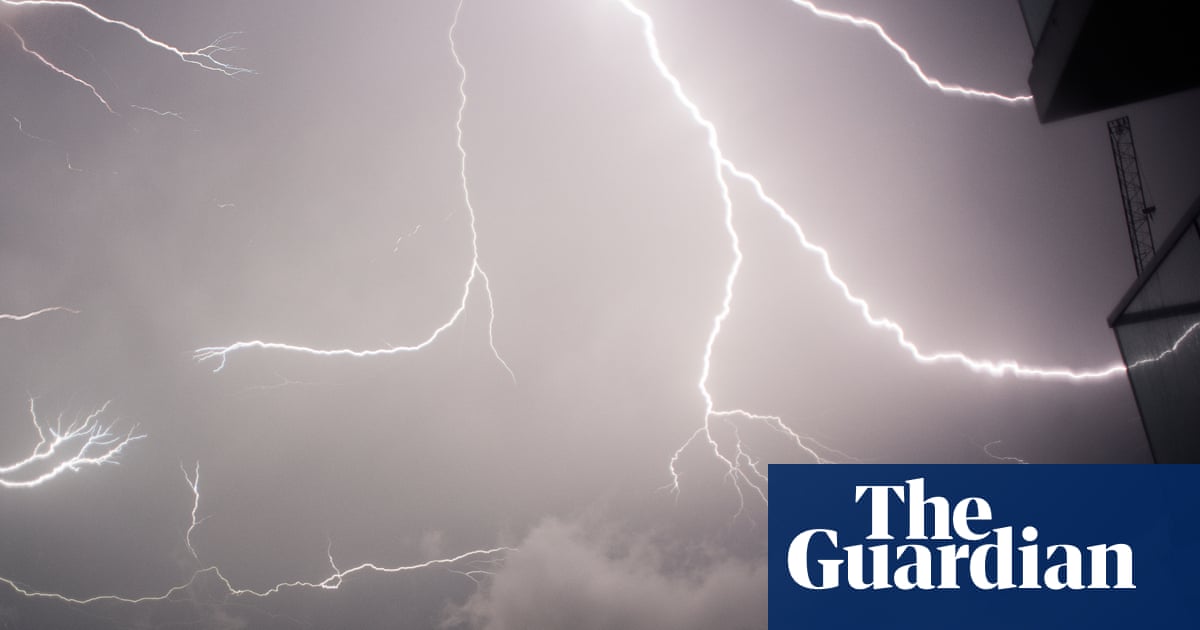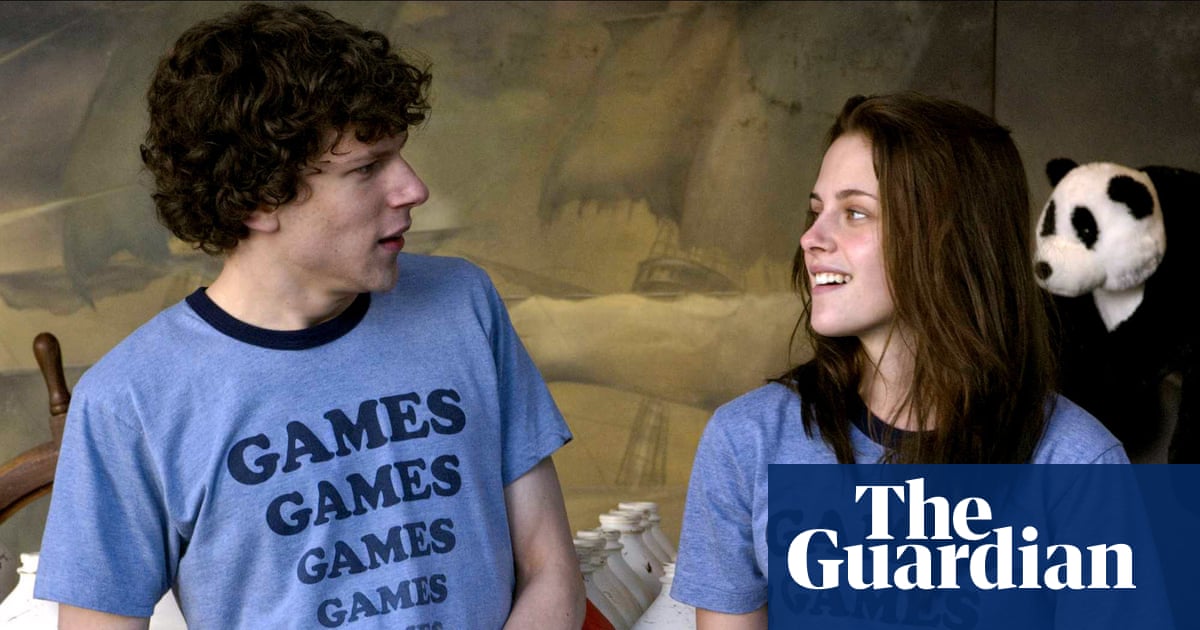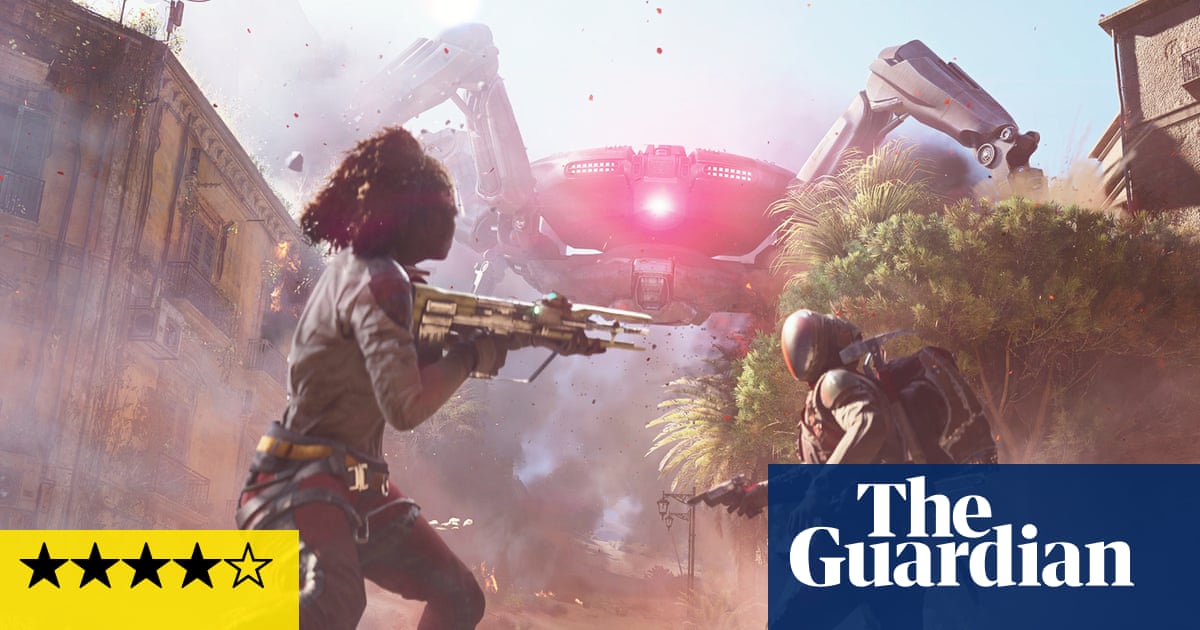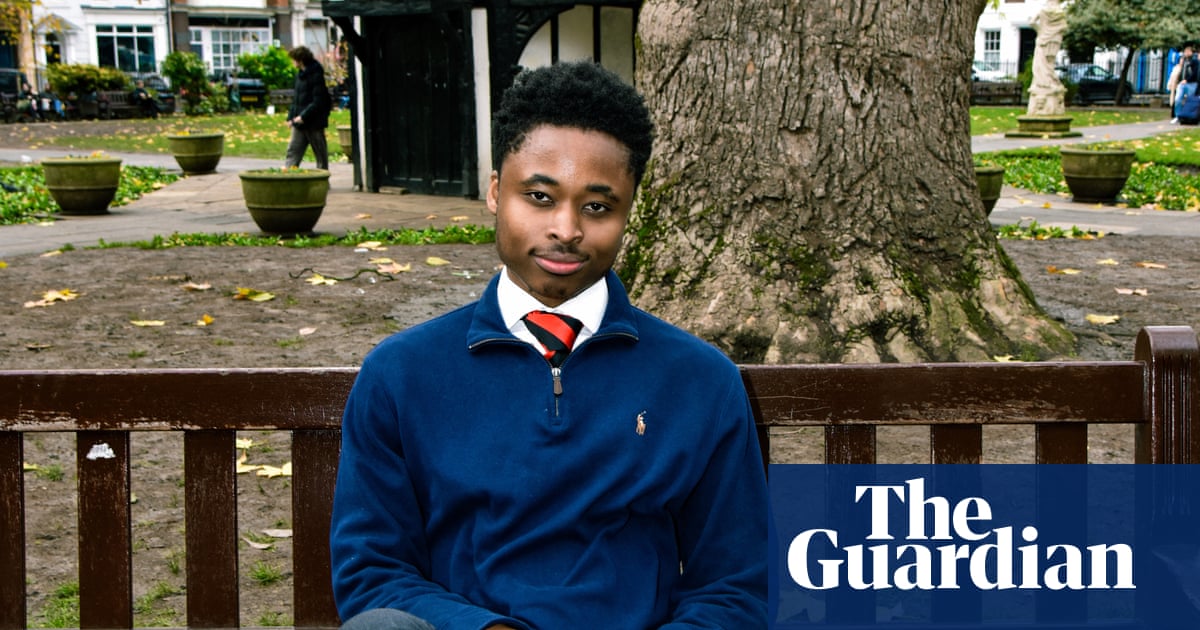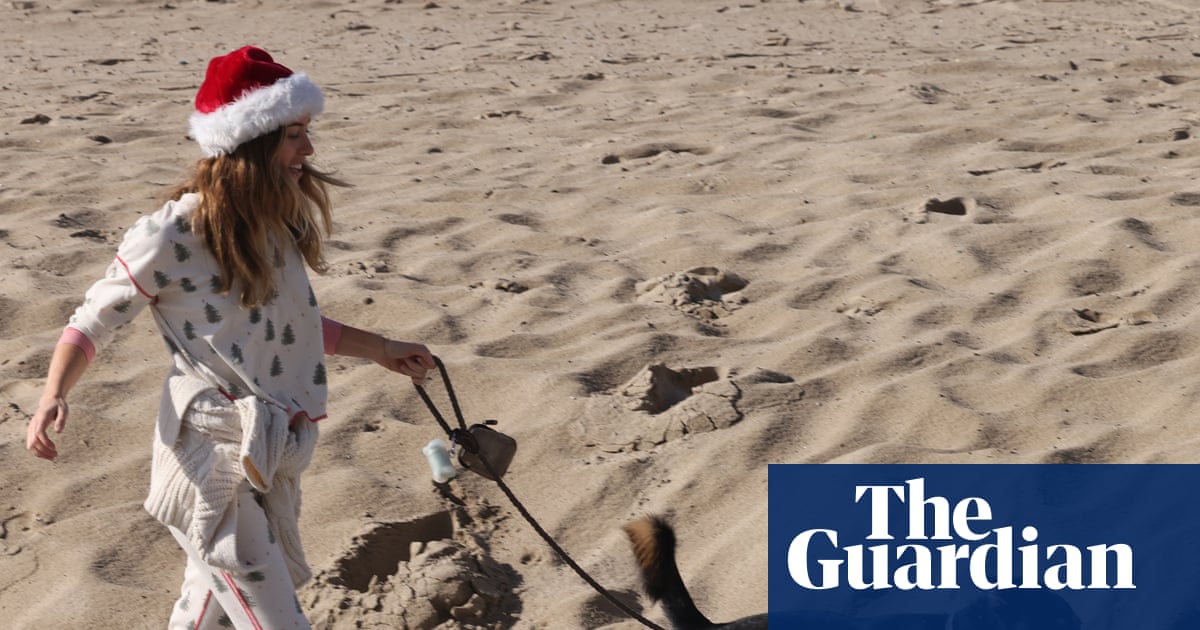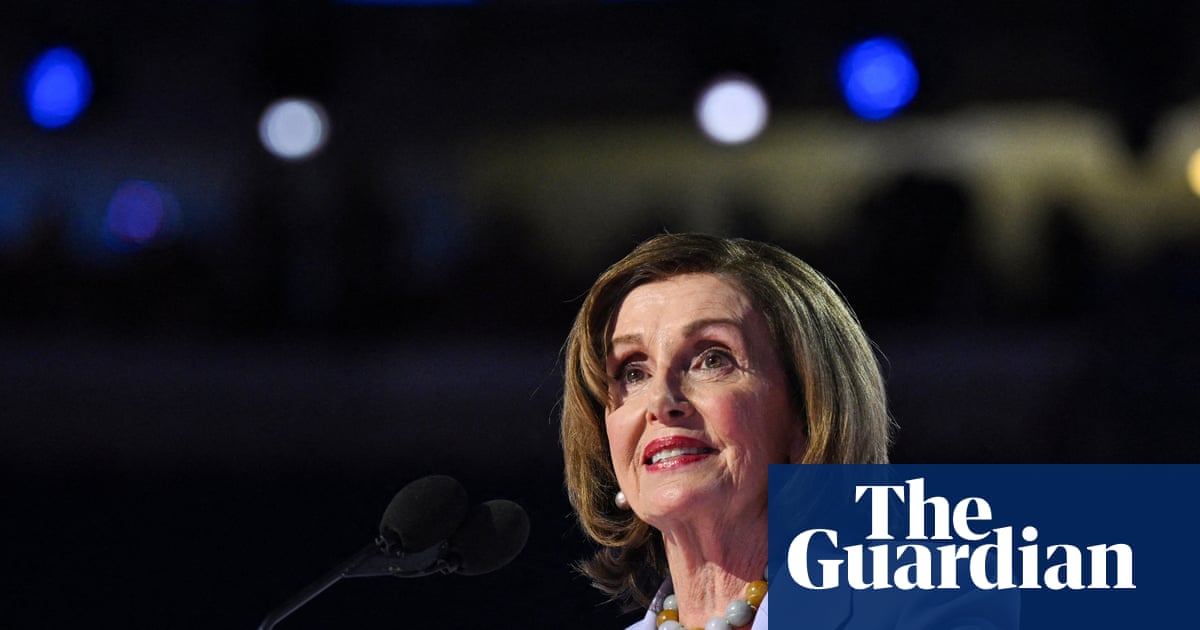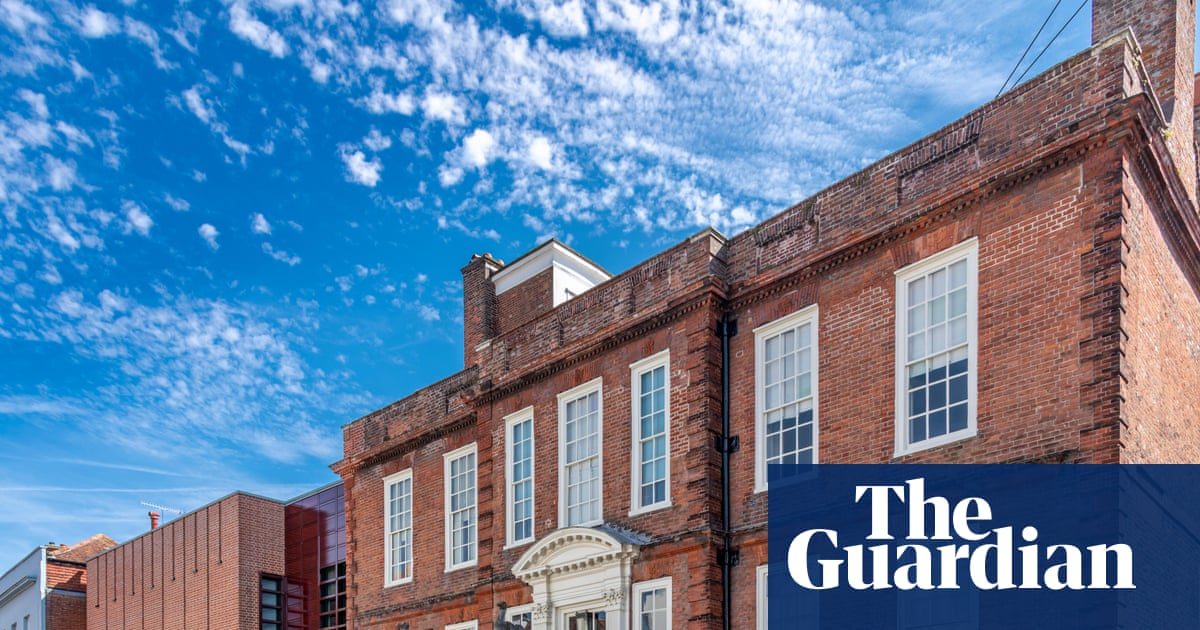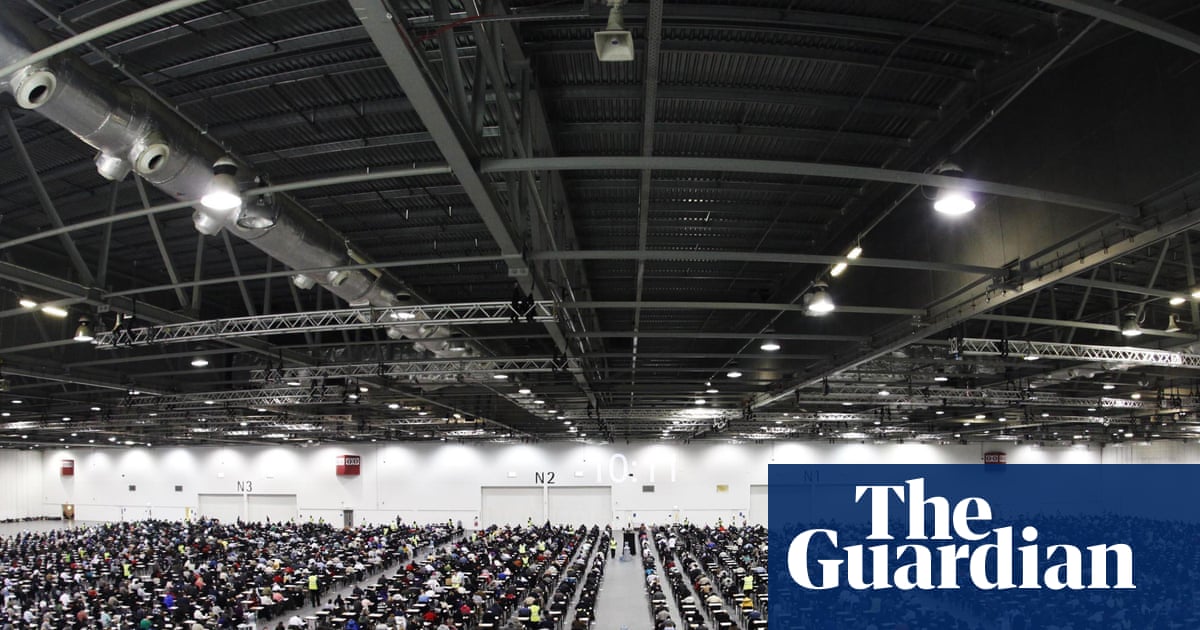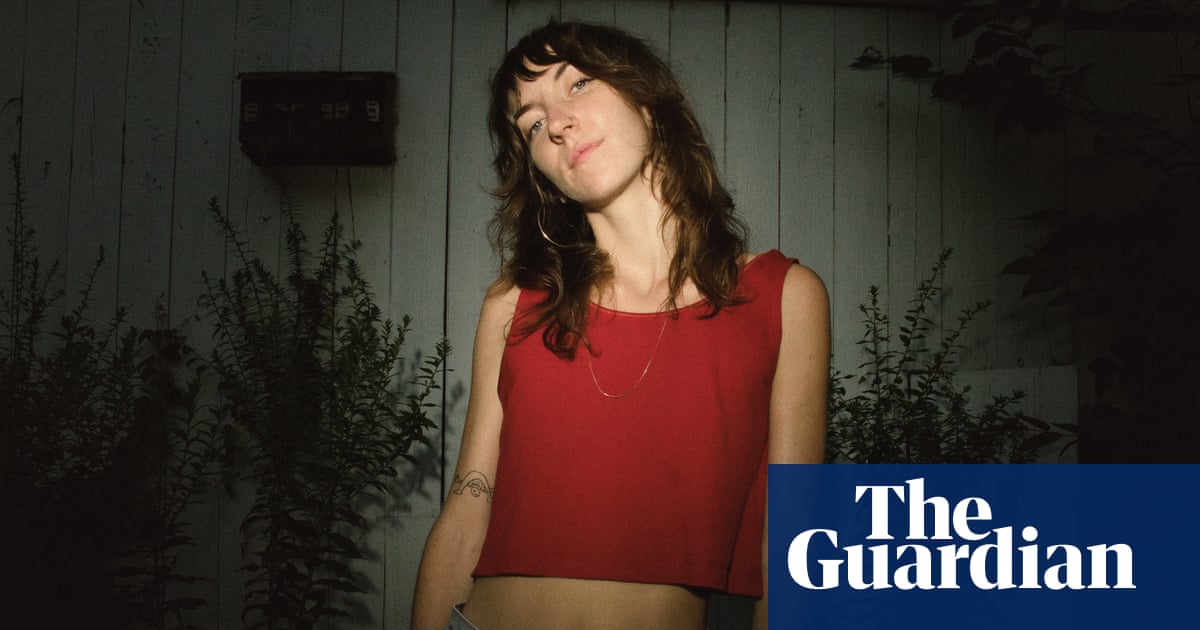On 12 August 2017, I ran from the car that James Alex Fields, a white supremacist, plowed into a crowd of anti-racist organizers in Charlottesville, Virginia. Other peoples’ blood splattered on me. I lost my friends in the crowd and panicked. I thought I might die.
A month later, I woke up on a work trip in a hotel room alone in Oakland, California, with my hands trembling, and an unshakeable feeling that I was being chased by a pack of wild animals. I was having a mental breakdown.
This feeling did not cease for months. Repairing myself from that breakdown took years. In many ways, it is ongoing.
As I attempted to recover from my PTSD-induced collapse, I turned to a variety of mind-altering substances. There were the ones to keep me calm enough to not feel like I was about to die at any moment: benzodiazepines such as Klonopin; kratom, a plant from south-east Asia that has opioid-like properties. There were the ones meant to restabilize me into something like a functioning human: antidepressants and mood stabilizers and antipsychotics. And then there were the fun ones – the LSD and ketamine and 2C-B and MDMA – that helped me envision a newly healed self, and thus a future.
While experimenting, I began to notice a deep unfairness in how we as a society treat some drug users. Those with money are rarely punished for their use. On any given weekend (or weekday) in New York City, the creative class not-so-discreetly snorts bumps of cocaine and ketamine and gets written up in the New York Times as vanguards of culture. People who have access to cutting-edge treatments for depression – ketamine clinics, MDMA and ayahuasca retreats – are lauded for finding novel ways to tackle their mental health woes.
Meanwhile, countless drug users are left homeless, sick or dead from their use.
On the streets of nearly every North American city, there is evidence of something we have deemed a “drug crisis”. Though, to me, this is a misnomer. Because more and more people are using drugs to modulate the pain of our deteriorating society – whether those drugs come from a doctor’s office or a dealer. It’s just that some of us are given a safe, well-regulated, consistent, tested supply of those drugs (my amphetamine of choice, Adderall, is nearly chemically identical to street speed, but I have a doctor monitoring my intake and a government-sanctioned manufacturer supplying my doses), and others are not.
What we are facing is not a drug or overdose crisis, but a crisis of drug safety exacerbated by the prohibitionary mindset we apply mostly to the poor.
So, as I reported in my book, which explores how drugs are used in modern America and beyond to ameliorate the pain of capitalism, I began to wonder: what would it look like if people attempted not to stop people from using drugs, but to give drug users at the highest risk of overdose and death a safe supply of their chosen pain relievers?
Which is how, in 2022, I found myself holding $10,000 of meth in a Ziploc bag.
I was visiting the Downtown Eastside of Vancouver, Canada, just blocks away from the gleaming business district where condos sell for millions of dollars. But in this neighborhood, thousands of people use drugs openly on the street.
There, in a little office on the first floor of a decrepit building, I held up the bag to scrutinize it. The crystals looked almost like icicles, white and translucent, heavy and crunchy. It felt like holding a very dangerous box of cereal.
As I marveled at what was in my hands, two workers at this harm reduction clinic sipped coffee and waited for me to refocus my attention. This was just another day for them, in an office that could have been the office of any non-profit: a desktop computer, papers covering a desk, some ratty chairs. But there was also a steel gate across the front door to prevent people, especially cops, from getting inside, and a very, very heavy safe – and also $30,000 worth of heroin, cocaine and meth in bags scattered around.
The big bag of meth will get weighed out into individual doses and put into tiny cardboard boxes, labeled with its contents, purity, and the logo of Dulf – the Drug User Liberation Front.
The office’s location is not on any maps or findable by any search engines, but it is not exactly secret. Vancouver’s government, the cops, drug users and maybe even dealers all know where it is, and it turns out that has been pretty much fine, despite the fact that the people inside it are buying and selling felony-level quantities of drugs every week.
Such is life in Vancouver, where the drug problem has been so bad for so long that the authorities here have, reluctantly and with a lot of pressure, begun to allow for a kind of radical experimentation not really going on anywhere else.
The Downtown Eastside is like many downtrodden neighborhoods in other cities: homeless people set up tents on the sidewalks, people use and deal drugs in the open, and non-profits and churches have swooped in to attempt to help those who live or frequent here. It is like Kensington in Philadelphia, or Skid Row in Los Angeles, or the Tenderloin in San Francisco. Places of, to crib a term popularized by prison abolitionist and geographer Ruth Wilson Gilmore, “organized abandonment” – places the state has essentially given up on, leaving people to fend for themselves.
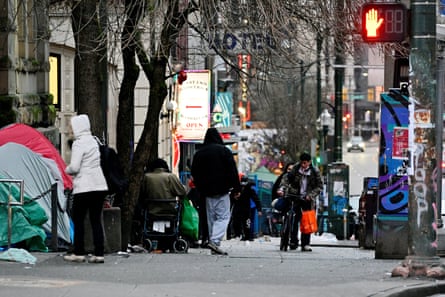
But unlike in those other places, here, there has been – dare I say – hope.
Not hope because things are going well. They are not. There are hundreds of overdose deaths every month in British Columbia (the province that surrounds Vancouver) and that number keeps going up. At the height of the Covid pandemic, more people were dying from overdoses than from Covid each month here. But hope that things can change. That people can commit to battling the breakdown even when the rest of society has given up.
It is precisely because things are so bad here that people have decided to go against the grain, experiment with radical solutions to the drug overdose epidemic not seen anywhere else. And it does not get any more radical or experimental than Dulf.
“This is our last-resort effort to stop the death of people in this community,” Eris Nyx, one of Dulf’s founders, a thirtysomething tattooed woman in tattered shorts, tells me. “After years and years and years and years of trying everything else, we’re just giving people drugs.”
Eris worked in the shelter system for years, then in non-profits that focused on overdose prevention, and then for the government itself. She handed out needles and got people signed up for services. But at a certain point she realized no one was addressing the base problem: the drugs were bad, inconsistent in their potency, sometimes heroin and sometimes fentanyl, sometimes other shit that’s even worse like tranq or other synthetic opioids that are even more powerful than fentanyl.
“The crux of this whole issue is the regime of drug prohibition, that’s what’s causing the spikes of death – it’s the volatility of the drug supply,” she said. “If you give people drugs with predictable contents, they stop dying. So I spent all my time in non-profits and governments saying: ‘Someone should be giving people drugs with predictable contents,’ and then I thought, ‘Well, fuck it, I’ll just do that.’”
Eris and her main Dulf partner, Jeremy Kalicum, formed Dulf in 2020 and since then have been running the entire operation essentially by themselves. They collect money, buy drugs on the dark web, send them to labs to be tested for purity using mass spectrometry and other technology, then box them up and distribute them. Sometimes they give out the drugs as part of media events, what they consider a kind of theater, to draw attention to the overdose crisis.
But as of a few months ago, they have begun a more official program, enrolling 40 people in a study to prove how much safer well-regulated drugs are than what you get on the street. The study is simple: 20 people who use heroin, cocaine or meth are allowed to come to Dulf and pick up their drugs for below-market rates, as part of what they call the “compassion club”. The other 20, the control group, continue buying their drugs as they always have, on the street. They all fill out extensive questionnaires about their backgrounds, their lives, their use and overdoses. So far, Dulf has found that no one in the compassion club arm of the study has overdosed, fatally or otherwise.
The compassion club serves two purposes: it keeps 20 people (and more in the future, they hope) safer from overdose than they would be buying their drugs on the street, and it also acts as a model – one they hope the government cannot ignore. If Dulf can keep its users alive better than any other harm reduction program, why wouldn’t a government supposedly dedicated to the safety of its inhabitants follow the program’s lead?
What is perhaps most remarkable about Dulf is how the support they originally received was from places usually actively hostile toward drug users – much of the public health apparatus in the city, from the medical officers of hospitals to heads of medical departments of large universities and even the mayor of Vancouver, has advocated for them to get an exemption from Canada’s federal government that would allow them to deal the drugs legally.
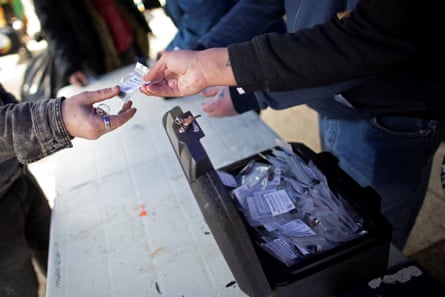
When I first go to Dulf on a Tuesday in August, Nyx and Kalicum are busy planning a media campaign, march and street concert to bring attention to the overdose crisis and to commemorate International Overdose Awareness Day, which is the following day. Nyx is also futzing with the computer, trying to get the illegal drug–selling website to load so that they can re-up their supplies. They buy in bulk, hundreds of grams at a time, and break down each bulk order into hundreds of little boxes, which sit securely in the safe so that, according to Kalicum, “if someone tries to rob us, it’ll take at least five minutes to get the safe open.”
The heroin they sell goes for C$128 a gram, the cocaine for $66 and the meth for $16.50. Dulf prices their drugs to be at or below street prices, but they offer more than a good price: they are the only ones selling actual heroin, not the stuff called “down”, which is usually fentanyl mixed with tranq and infinite possibilities of other chemicals, and which is basically the only heroin-esque substance available on Vancouver’s streets these days.
On the days they are open, usually all 20 people in their compassion club come in to buy, sometimes more than once a day.
“Who wouldn’t want 100% pure cocaine?” Kalicum asks. “It’s like getting a free taco. A free, delicious taco.”
An email pops up on the computer from the lab: the test results of their most recent batch of heroin. It has some acetylmorphine in it, which is not dangerous but a sign that the heroin was less professionally produced than some batches. It also means the heroin smells a little weird, like ammonia.
Shawn, a 50-year-old compassion club member, stops in and buys a little cardboard box of heroin. He pays, exits the small office, and picks up some supplies sitting on a counter in the hallway: two needles and one syringe, some cotton, a little metal dish that you cook the heroin on. He mixes some of the tan powder with a bit of water, heats it up with a lighter, drops in the cotton, draws up the liquid with one syringe, then switches the needle on the base of the syringe (every time a needle is used, it gets duller, meaning it is more likely to tear your skin and cause infection, so harm reduction advocates often tell people to use one needle for drawing and one for shooting), and finds a vein on his left arm. He shoots up. It all takes less than a minute.
“Dulf is awesome,” he tells me as the liquid enters his arm. “I don’t like fentanyl at all, I just like heroin, and it’s impossible to get real heroin these days.”
Shawn has been using since he was 15, on and off, never at a level to consider himself an addict until about two years ago when his use increased to every day. He would try to find heroin and end up with fentanyl. He would never know what he was really getting. One day, he overdosed. Someone had to Narcan him back to life.
“I had this vision of floating upward, but something was holding me back on Earth preventing me from leaving completely,” he told me.
But he has watched plenty of people OD and not make it. “Fentanyl is destroying things,” he says.
That is one of the biggest limitations Dulf faces right now: now that everyone has grown accustomed to a drug so much more powerful, it’s hard to get people off it and back onto good ol’ heroin. So Dulf wants to start selling fent too.
Near Dulf’s office, a doctor named Christy Sutherland prescribes it free of charge at the center of a neighborhood in which thousands of people use drugs openly on the street with the government’s consent. Sutherland stops by to talk shop with the Dulf people that day. Mostly she and Nyx discuss how it is hard to source as much fentanyl as they need; for the 100-plus people Sutherland sees, she needs kilos. There are not enough legal, regulated manufacturers of the stuff.
The fact that small amounts of hard drugs are decriminalized here, that Dulf is allowed (or not exactly allowed, but not not allowed) to sell them, that Sutherland can prescribe them, that there is a vending machine that dispenses Dilaudid (a prescription opioid) down the street from Dulf, that people can shoot up in the open, has obviously drawn some criticism. Conservative city council members rail against the harm reduction practitioners. Righwing websites write horror stories about the Downtown Eastside. But there is less pushback than you might think. To the people doing this work, it is all very rational. The government already regulates and allows the sale of one of the most deadly substances in the world: alcohol. Nyx points out that during prohibition in the United States, people didn’t stop drinking, they simply started dying from alcohol contaminated with other chemicals. Heroin, fentanyl, meth – why is it any different?
“We’re a drop in the bucket, piss in the ocean,” Nyx says. “You really need the government to be doing this. Like a liquor store. We’re a pilot program, and we’re a PR firm for this method of tackling the crisis. But we’re two people. And this is a UN-level kind of problem.”
She envisions a future in which heroin and every other drug are handled similarly to alcohol: regulated, free from impurities, legal and available to the public. She does not see any other way out of the crisis. Everything else people have tried has simply not worked.
The next morning, about 100 people gather on the Downtown Eastside for the march Dulf helped plan. The marchers pass block after block of tents, they pass an under-construction development that will house a bunch of wealthier people. An Indigenous activist asks the crowd how many more hair salons and coffee shops the neighborhood needs. They pass a police station and yell: “Fuck the police!” A lot of people who take the mic end up crying, relaying stories of loved ones lost to overdose.
Vince Tao, one of the organizers of the march, tells me how interconnected it all is: gentrification (the median rent in Vancouver is nearly $2,500 a month), real estate development, the abandonment of people here, policing, the drug war. Two sides of the same coin, or six sides of the same die.
“The people whose bodies are employed to do the work as part of our housing crisis, their bodies are destroyed through that work, squeezed in a thresher to build condos, so they end up turning to drugs, and then the people displaced by the housing crisis who are evicted and homeless end up on the Downtown Eastside too,” he says. “The entire political economy of the city is connected to the drug crisis.”
Which is why, for Tao, harm reduction is good, but not enough. He wants people to politicize their pain, to realize that their lot in life, their place in the center of this mass breakdown, is not only because they are drug users, but because they are considered disposable within a capitalist economy, and so they must fight back against that.
“Pain has existed forever,” and so have people’s forms of managing that pain,” Tao tells me, “but capitalism creates a very unequal distribution of that pain.”
With a crumbling welfare system, stagnant wages, bad healthcare, bad jobs, it is inevitable that people will turn to drugs. What is happening in the Downtown Eastside, Tao tells me, is not a drug crisis, but a crisis of insufficient and unequal pain management.
A year after I traveled to Vancouver to meet with harm reduction activists, police raided the offices of the Drug User Liberation Front.
It had been just over 12 months since Dulf had begun their experiment of handing out tested, pure and affordable drugs in the Downtown Eastside. And things were going well. Tao told me that the two founders of Dulf, Nyx and Kalicum, had recently presented preliminary findings on their compassion club: zero deaths, overdoses halved, better health outcomes.
And then, a few days later, police kicked down the doors of Nyx and Kalicum’s apartments, confiscated their computers (along with, for some reason, Kalicum’s grandmother’s ashes) and charged them with drug trafficking. They were out of jail within a few days, but the duo still face a slew of charges. They have also been banned from setting foot in the Downtown Eastside, despite the fact that Nyx lives there.
The arrests, Tao said, while unexpected in their timing, were not exactly surprising, given how quickly the tides had turned against decriminalization across Canada and the United States. It only took a few months after Dulf had opened its doors for politicians and the media to realize that railing against homeless people and drug users was an effective strategy to win the hearts and minds of Vancouver’s public.
“Vancouver is a confluence of every single capitalist engine of misery, and that’s leading people to die on the streets. And that makes people uncomfortable. Which they should be,” Tao told me. “So decriminalization became this floating signifier – it began to mean nothing and everything. Every single social ill could be blamed on it.”
That strategy – blaming the increasingly obvious social misery of society and the drug use that misery causes on those most harmed by capitalism – has become de rigueur across much of North America, even in the most “progressive” of cities.
In Philadelphia, a new wave of politicians brought with them an actively hostile approach to organizations such as Prevention Point, where I had watched volunteers and staff hand out syringes, medical supplies and Narcan and undoubtedly help save many lives in the process. In 2023, the city council passed a ban on safe consumption sites, places where drug users can inject drugs under the supervision of medical professionals. Then in 2024, Democrat Cherelle Parker became mayor of the city and promptly began a campaign to cut funding for syringe exchange programs.
Across the country in Oregon, Democratic and Republican lawmakers declared decriminalization a failure and rolled back many of their lenient policies. In New York, Mayor Eric Adams took a tough-on-crime approach, attempting to arrest his way out of a homelessness crisis.
Part of the problem is that this has all been set up to fail: politicians took half measures (or really, less than half measures), did not adequately fund rehabilitation or health programs, did not educate the public on harm reduction, and then declared harm reduction useless or dangerous after a few months or years.
But Tao told me that the main issue is larger than local policy failures. It is that we are entering a new era, one in which capitalism’s fatal flaws are becoming too obvious to ignore, even for the most privileged among us. So people are left with two options: either work to dismantle capitalism and build a brighter future – more housing, more healthcare, more compassion – or put the blinders up even higher and go further into denial, creating a false barrier between the people who are most visibly affected by increasing inequality and poverty, and those who can, at least for now, claim to be beneficiaries of the system.
Every mainstream narrative we have about drugs, Tao told me, ignores that why. That people are in pain, that capitalism has pushed physical and mental anguish into some bodies and minds more than others, but really and increasingly into everyone’s body and mind, and that people are simply looking for relief.
“The entire system is falling apart,” Tao said. “As that continues to happen, it’s not gonna just be the homeless guy. It’s gonna be everyone who slips through the ever-widening, disintegrating social net. It’s gonna be all of us.”
-
PE Moskowitz is a journalist in New York City. They are the author of the book Breaking Awake: A Reporter’s Search for a New Life, and a New World, Through Drugs, which explores how people use drugs to survive capitalism. They run the Substack Mental Hellth
-
This is an edited excerpt of Breaking Awake, out now via Atria Books

 3 months ago
46
3 months ago
46

